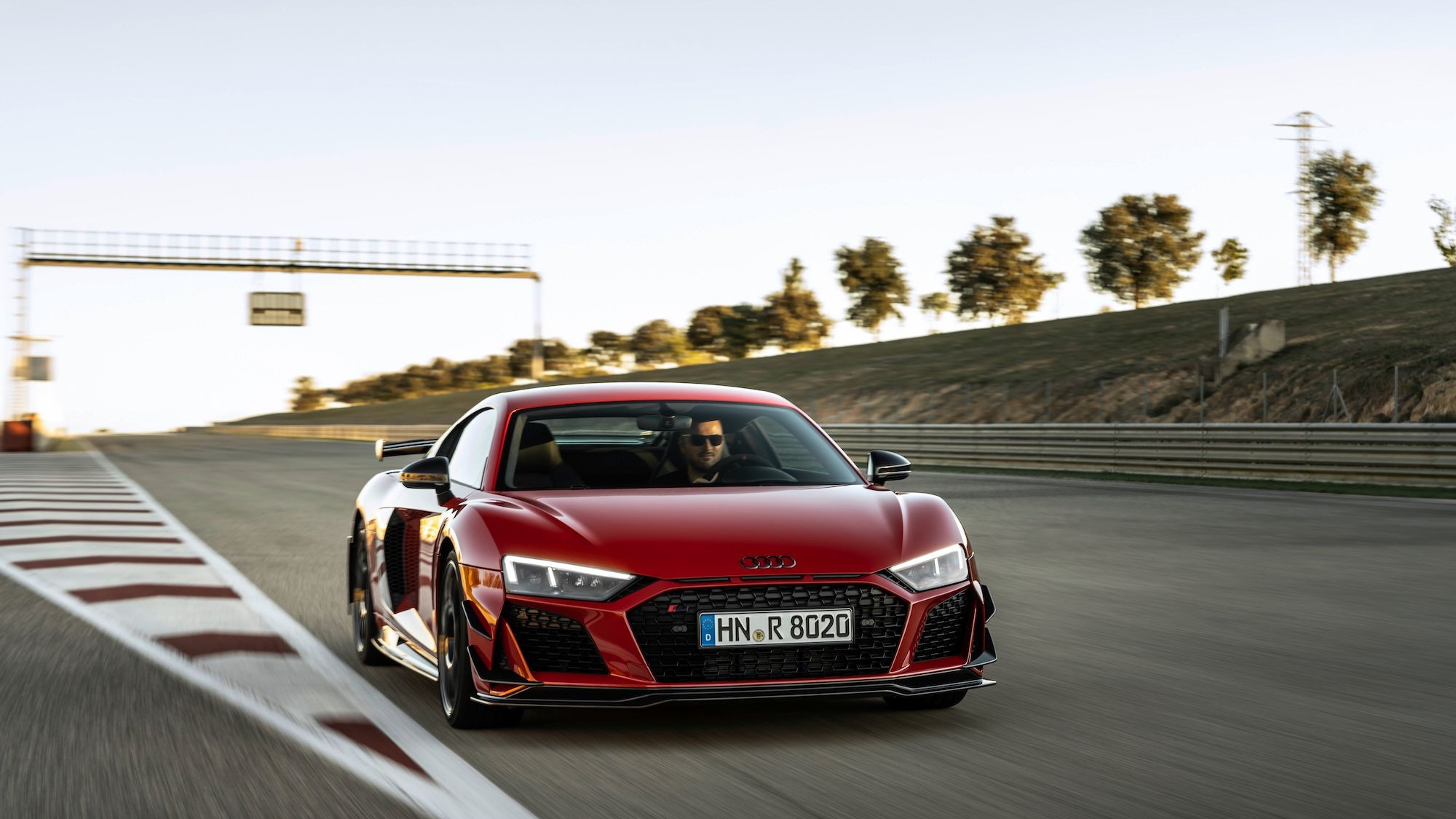The Japanese market car will still keep its rating of 480PS, so we have to wonder if Nissan’s home market will feel slighted by the roughly 1.5 percent bump in power. Nissan engineers are reportedly aiming for the 480hp mark, although Edmunds says just how they’ll achieve that power bump is as-yet undetermined. We speculate that it will be a simple matter of fractionally increasing the boost provided by the twin-turbos. At least that seems like the most mechanically obvious route to increased power on what we have to believe is already a highly-tuned motor.
It’s fairly likely that Nissan’s 480hp goal is intended to keep pace with its key rival, the Porsche 911 Turbo, which checks in at an SAE-verified 480hp. The Porsche still holds the edge in torque with a tarmac-turning 460lb-ft (623Nm) compared to the GT-R’s 434lb-ft (588Nm). And the 911 Turbo can be fitted with an optional Sport Chrono Turbo package that bumps torque up to a massive 505lb-ft (684Nm) thanks to a temporary overboost function. Nissan’s GT-R V-Spec will no doubt up the ante even further, but until then it looks like Porsche has a bit of an edge in overall output.
Of course comparing the Porsche’s base price of $126,200 to the GT-R’s base price of just $69,850 makes you ask yourself if you’d rather have a smidge more performance and a nicer interior or a GT-R and $60,000 worth of trackdays.


